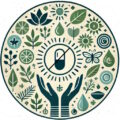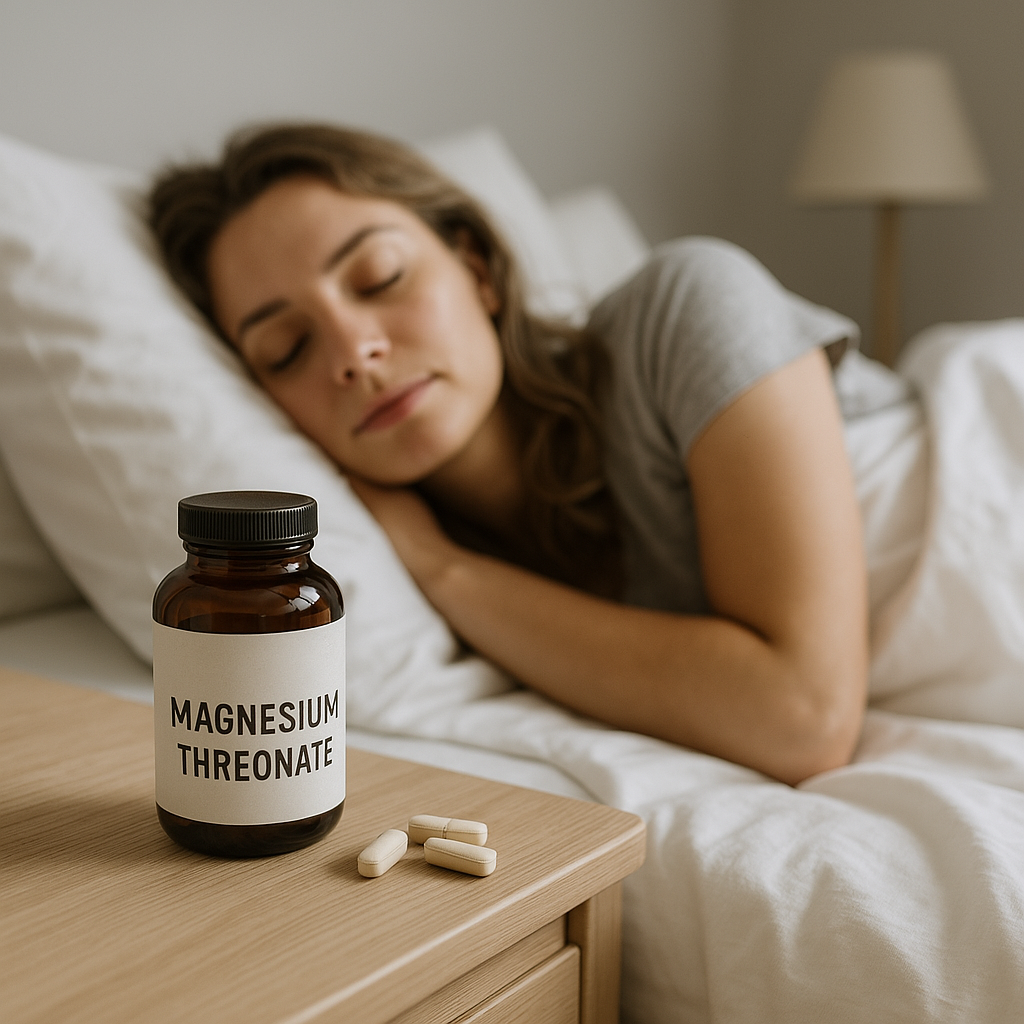Introduction: The Hidden Health Impact of Mold Exposure
Mold exposure is an often-overlooked environmental factor that may influence overall well-being. While mold is a natural part of the ecosystem, excessive indoor exposure—especially to toxic molds—may lead to a variety of symptoms in sensitive individuals.
Common symptoms associated with mold exposure include respiratory discomfort, fatigue, brain fog, and skin irritation. If left unaddressed, prolonged exposure may contribute to immune dysregulation and inflammatory responses.
This article explores how mold affects health, how to detoxify safely, and natural strategies for recovery.
1. How Mold Exposure Can Impact Your Health
Mold releases tiny spores into the air, which can be inhaled or come into contact with the skin. Some molds also produce mycotoxins, which may influence immune function in susceptible individuals.
a) Common Symptoms of Mold Exposure
Mold exposure can present differently for each individual, but some commonly reported symptoms include:
- Respiratory symptoms (congestion, wheezing, sore throat)
- Chronic fatigue and weakness
- Headaches or migraines
- Brain fog and difficulty concentrating
- Skin rashes or irritation
- Sinus infections or recurrent colds
- Digestive discomfort
Individuals with allergies, asthma, or weakened immune systems may be more sensitive to mold exposure.
b) Mold and Inflammatory Pathways
Chronic exposure in poorly ventilated areas may have cumulative effects on well-being.
Research suggests mold exposure may trigger immune responses that influence inflammation.
Some molds produce mycotoxins, which may contribute to oxidative stress and other biological effects (1).
2. How to Test for Mold in Your Environment
If you suspect mold is affecting your health, identifying the source is key to recovery.
a) Home Testing Methods
- Visual inspection: Look for black, green, or white patches in damp areas (bathrooms, basements, HVAC systems).
- Air quality tests: Mold spore air sampling kits are available for home use.
- Professional mold testing: Hiring an inspector can provide detailed assessments.
b) Testing for Mold in the Body
Blood markers such as inflammatory cytokines may offer additional insights..
Some healthcare professionals offer urine mycotoxin tests to assess exposure.
3. Natural Strategies for Mold Detox & Recovery
If mold exposure is confirmed, taking detoxification and recovery steps can support overall well-being.
a) Remove the Source of Exposure
- Improve ventilation by using dehumidifiers and air purifiers.
- Clean affected areas with natural solutions like vinegar or hydrogen peroxide (avoid bleach, as it can worsen airborne mold spores).
- Address leaks and moisture problems to prevent regrowth.
b) Support Natural Detox Pathways
- Hydration: Drinking filtered water supports kidney and liver function.
- Binders: Certain foods and supplements may help bind mycotoxins, including:
- Activated charcoal
- Bentonite clay
- Chlorella (2)
- Liver support: Foods rich in antioxidants, such as cruciferous vegetables, turmeric, and milk thistle, may support detox pathways.
c) Strengthen the Gut Microbiome
- Probiotics: Beneficial bacteria help balance the gut microbiome.
- Fermented foods: Include kimchi, sauerkraut, and kefir for added microbial diversity.
- Prebiotic fibers: Found in garlic, onions, and bananas, these help beneficial bacteria thrive.
d) Reduce Inflammation & Rebuild Immune Function
- Omega-3 fatty acids (found in fish, flaxseeds, and walnuts) may help support the body’s inflammatory response.
- Vitamin C & Glutathione: These antioxidants help protect against oxidative stress.
- Nasal irrigation: Using a saline rinse or neti pot may help clear airborne mold spores from the sinuses.
4. Long-Term Prevention & Mold-Free Living
Preventing mold exposure is just as important as detoxification. Here are some tips to keep your home mold-free:
- Control indoor humidity (keep levels below 50%).
- Use HEPA air filters to trap airborne mold spores.
- Regularly clean air vents and ducts to prevent spore accumulation.
- Ensure proper drainage and ventilation in bathrooms and basements.
- Use natural mold inhibitors such as tea tree oil or grapefruit seed extract in damp areas.
5. Conclusion: A Proactive Approach to Mold Recovery
Mold exposure may influence well-being, and taking steps to identify the source, support detox pathways, and promote immune function may contribute to recovery. Addressing mold in your environment and making lifestyle adjustments may support long-term wellness.
If you suspect mold is affecting your health, consulting with a qualified healthcare professional can help guide your recovery plan.
Disclaimer:
This article is for informational purposes only and is not intended as medical advice. If you experience persistent symptoms or suspect mold-related illness, consult a qualified healthcare professional for personalized guidance.
References & Scientific Studies
By taking a proactive approach, you may be able to create a mold-free, healthier living environment and support overall well-being.



